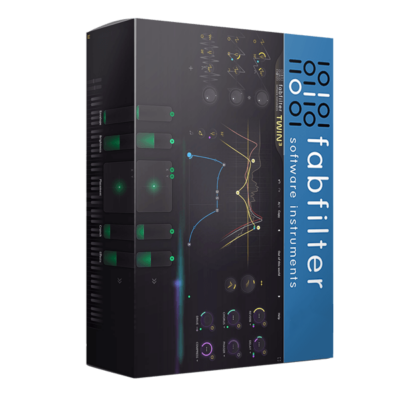Description
less spit, more articulation
spiff handles transients the same way soothe handles resonances. By reacting only where and when needed, spiff is capable of attenuating or even removing transient information from a sound. Effective on mouth noises, hard consonants, clicks and pops, it can also be used for example to soften the pick attack from a guitar recording while retaining the top end sheen. Engaging the boost mode turns spiff into a powerful transient enhancer. This allows you to bring elements to the front of a mix without increasing the RMS level, or to boost fundamentals from drums without additional boominess.
spiff it up
A lot of attention was put into making the algorithm accurate, versatile, and yet feel intuitive. For spiff we’ve redesigned our user interface to make for a quick and focused user experience. spiff operates perfectly with minimal adjusting, and can be left on a track without the need for constant readjustments to compensate for changes in the audio material. At the same time, the clearly laid out parameters let you dig into the processing if the material requires it.

looks like it works!
The OpenGL-accelerated graph lets you see where and when spiff is at work. The EQ-section lets you zone in on frequencies that require more attention. Use the delta toggle and per-band cue to hear just what is being affected. Oversampling and increased resolution are also there, if your CPU has what it takes!
available as:
Windows 7 or later/64bit VST and 64 bit AAX.

not just a problem solver
Presenting a new way of controlling transients, spiff opens up an infinite number of possibilities for sound manipulation. Even on more extreme settings, spiff retains the original character of the sound, without introducing any nasty artefacts. Remove all attack from a piano, turn guitar parts into a lapsteel. Make a picked guitar sound fingerpicked. Remove the close mics from a drum recording. spiff is your one-stop solution for transients.








Britney Spears –
Fantastic plugin that really helps clean up my mix and enhance my sound, couldn’t be happier with the results!
Rihanna –
Loving the easy interface and the way it enhances my audio, definitely worth the investment.
DavidBowie –
I’ve been blown away by the results I’m getting with this plugin – worth every penny!
Jay Z –
I’ve been really impressed with the way this plugin has improved the clarity and balance of my mixes. Worth the investment!
Michael Jackson –
I was blown away by how easy it was to get my sound just right with this plugin. Definitely worth the investment!